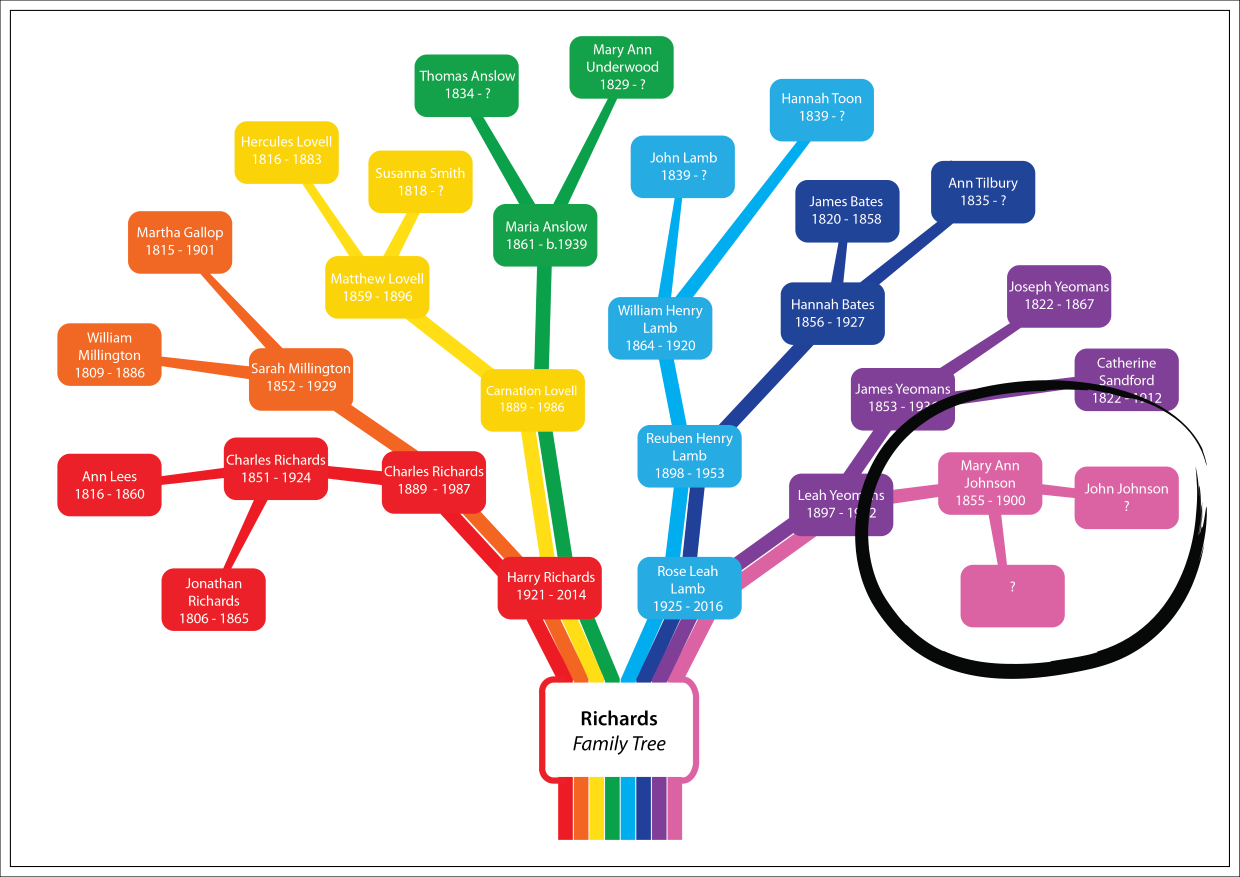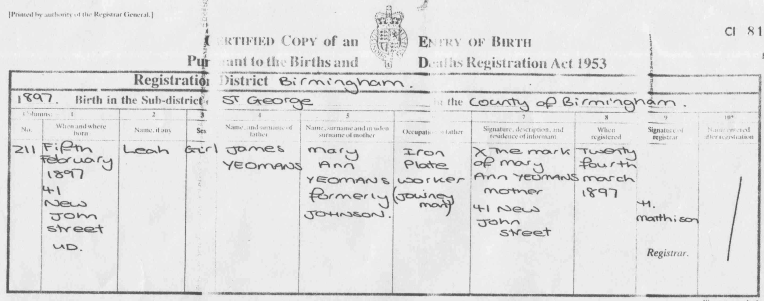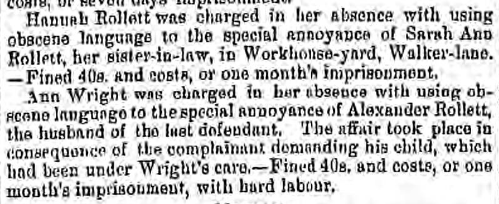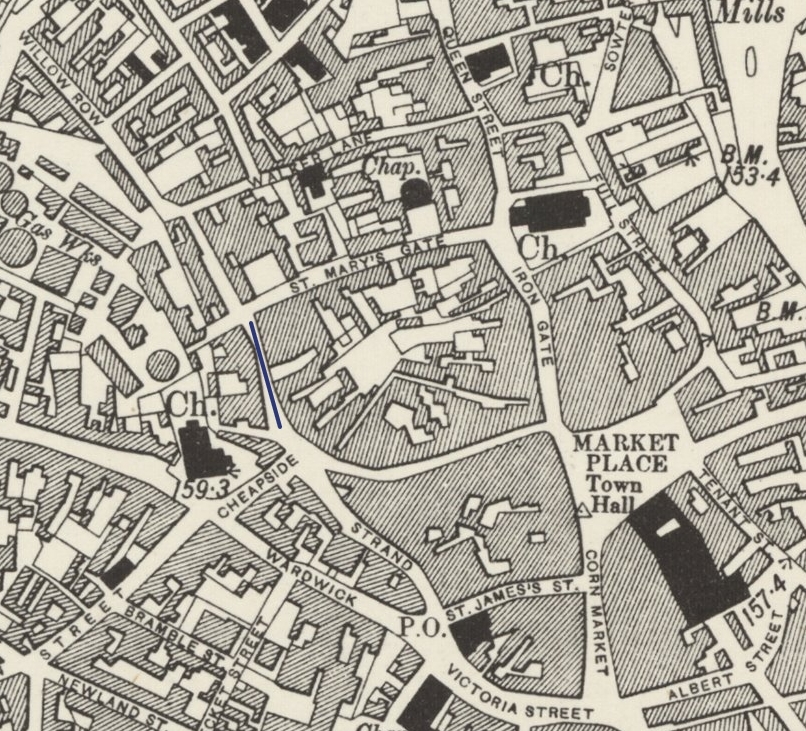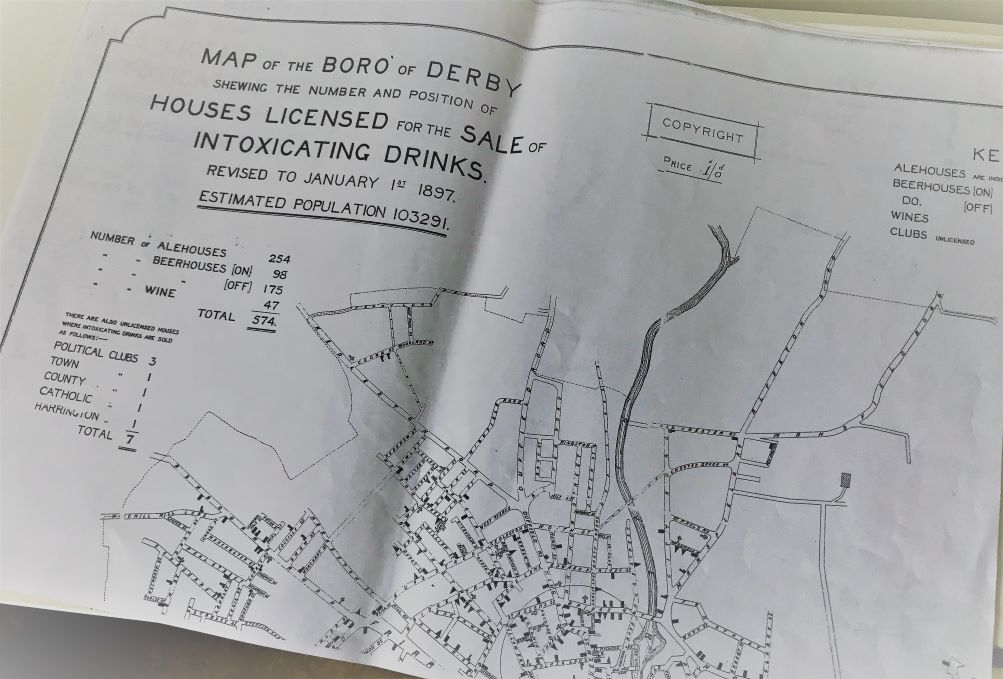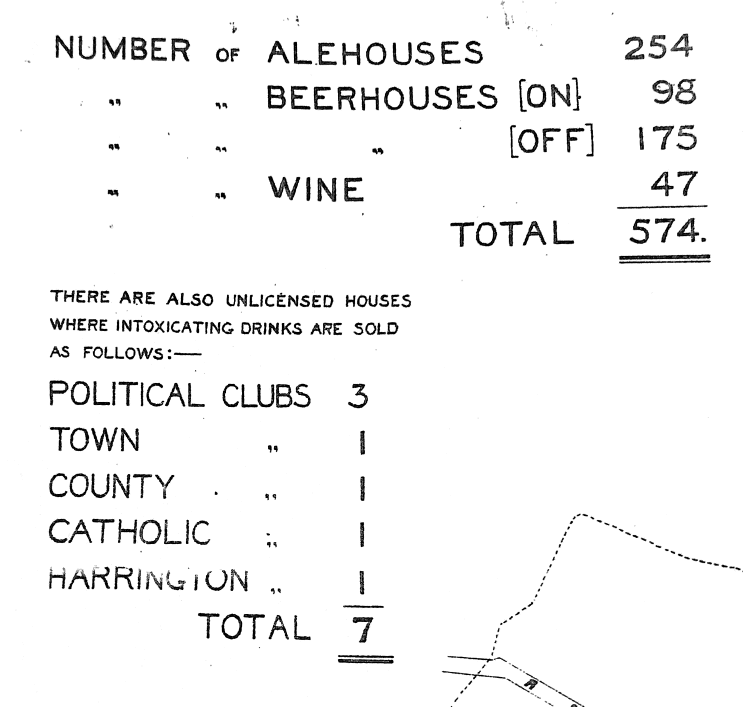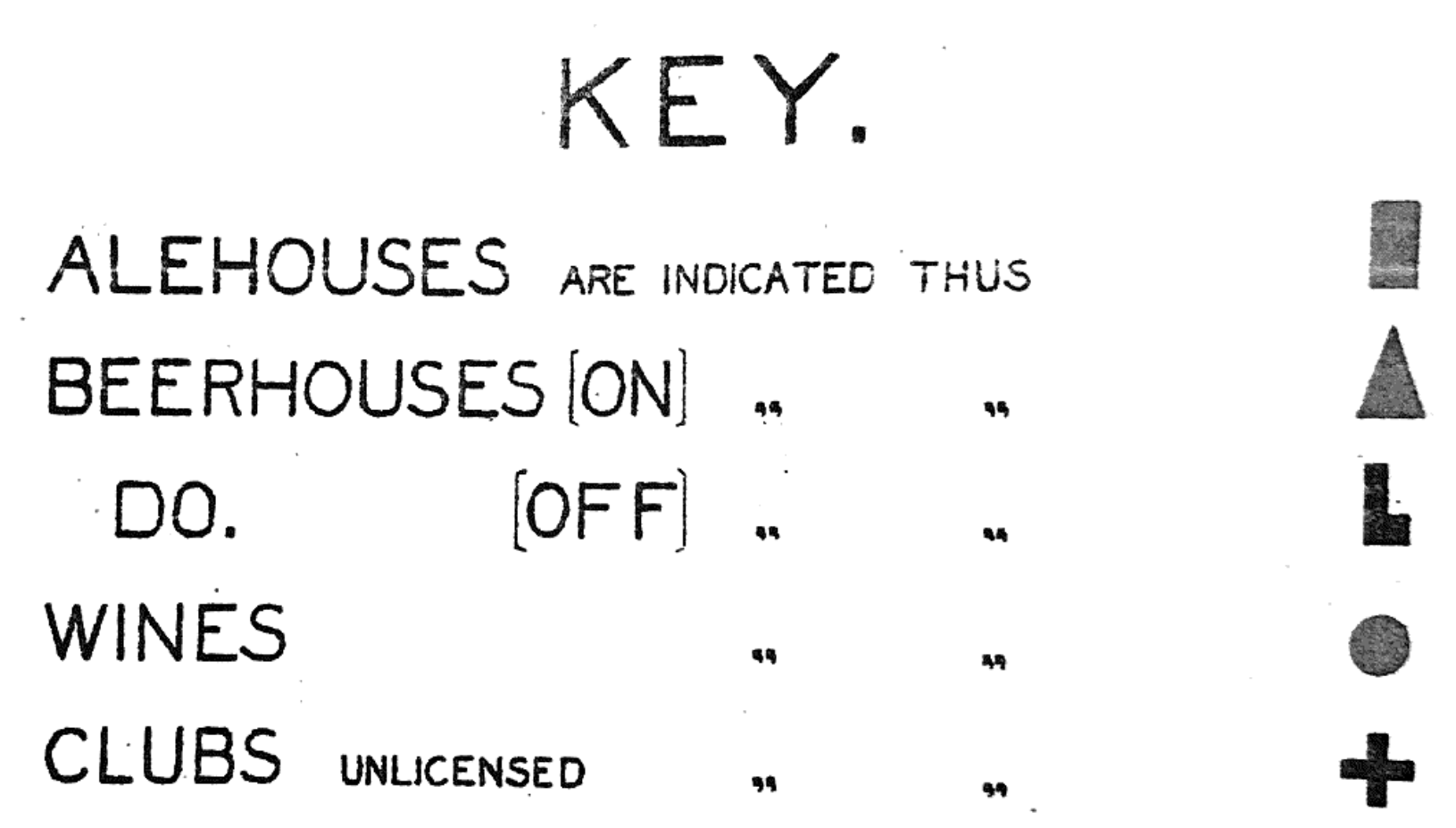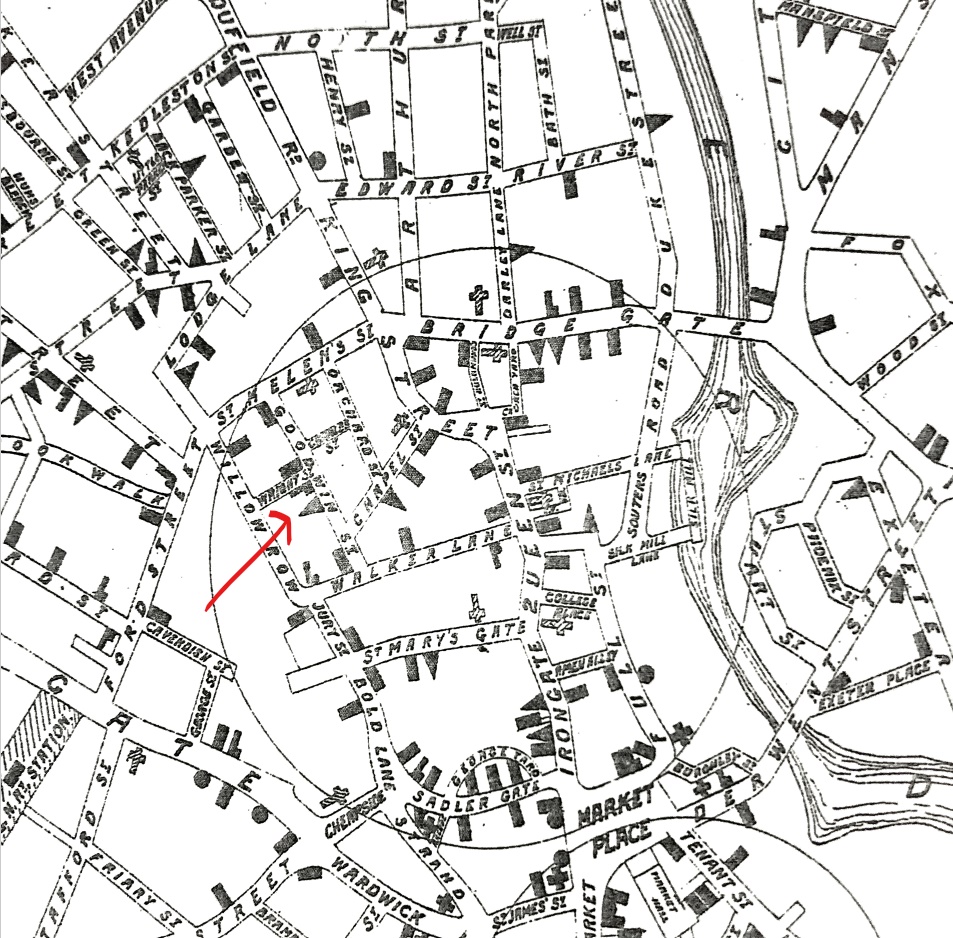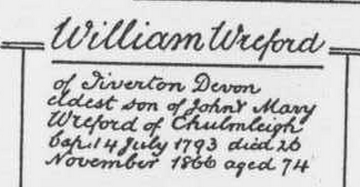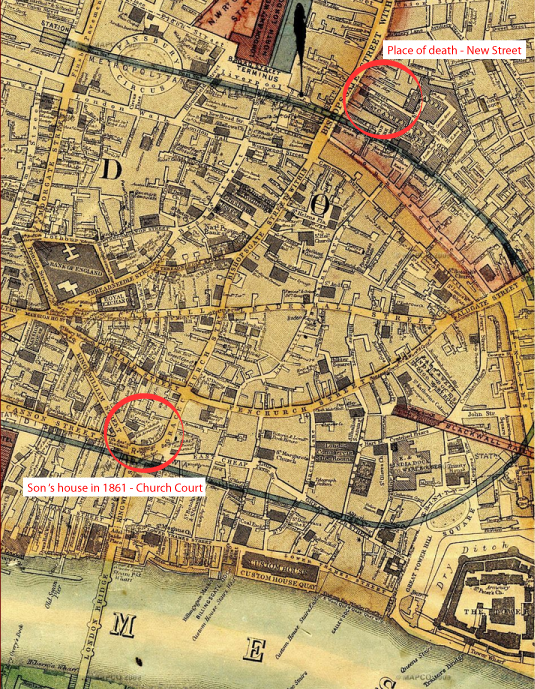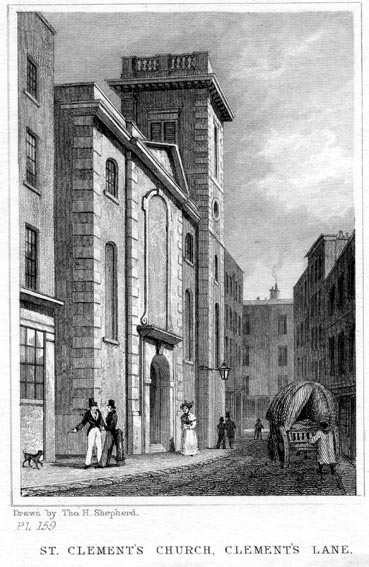I’ve recently designed my own colourful family trees (see more about that here). The information held is minimal but besides looking pretty on the wall, it’s a useful way to see what gaps still need filling (particularly for those like me who absorb information best visually). For various reasons, there are a few question marks on the Richards family tree, mainly to do with death dates. I can live with that (for now) – I’d rather be as accurate as possible. But what really bothers me is the missing name on the Johnson branch. This is a ‘brick wall’ I’m determined to break down and will start by consolidating all I know about Mary Ann.
Who was the mother of Mary Ann Johnson?
Mary Ann Johnson married James Yeomans at St Jude’s Church, Birmingham on 9 March 1874. They were both single and residing on Hill Street at the time of their marriage – the same street on which St Jude’s was situated. The area was one of the poorest parts of Birmingham at the time so they were likely not well off. Unfortunately, the church building of St Jude’s was demolished in 1971.

(Note that the year in the heading is 1875 but the full date gives 1874. All four entries on this page had the same issue. The preceding and following pages of the St Jude’s parish register were checked to confirm the year was in fact 1874.)
The marriage record tells us that Mary Ann’s father was a shoemaker named John Johnson. The witnesses at their marriage were George Yeomans and Eliza Millard.
The couple were to have 9 children between 1877 and 1900: Florence Ann, John Joseph, Julia, Catherine Ellen, Sarah Emily, Alfred Thomas, James Arthur, Leah and William Edward.

Mary Ann appears with her husband and children living at the back of 20 Barn Street (house 1) in the 1881 census. Boarding with them is 20-year-old iron plate worker, Thomas Johnson. She gives her age as 26 which gives us an approximate birth year of 1855 and birth place of Birmingham.

The 1891 census reiterates the same birth information. This time they are living in Court 40 (house 7) Hospital Street.
The birth place of their daughter Florence (in both censuses) indicates that Mary Ann spent some time at Bilston, Staffordshire – long enough to give birth there at least.
When her daughter Leah was born in 1897, the family were residing at 41 New John Street.
Mary Ann died in 1900 at the age of 41. Her death was registered at Birmingham in the September quarter of 1900 (Jul-Aug-Sep). The 1939 register gives her youngest son’s birth date as 5 March 1900 so she seems to have died within months of William Edward being born.
So the bare facts we have of Mary Ann as we begin our ‘brick wall’ demolition are:
- born c1855 in Birmingham
- father John Johnson (a shoemaker)
- married James Yeomans in 1874 at St Jude’s in Birmingham
- gave birth to first daughter in Bilston, Staffordshire (1875)
- died in 1900 soon after youngest son was born
I’ll get my sledgehammer…

